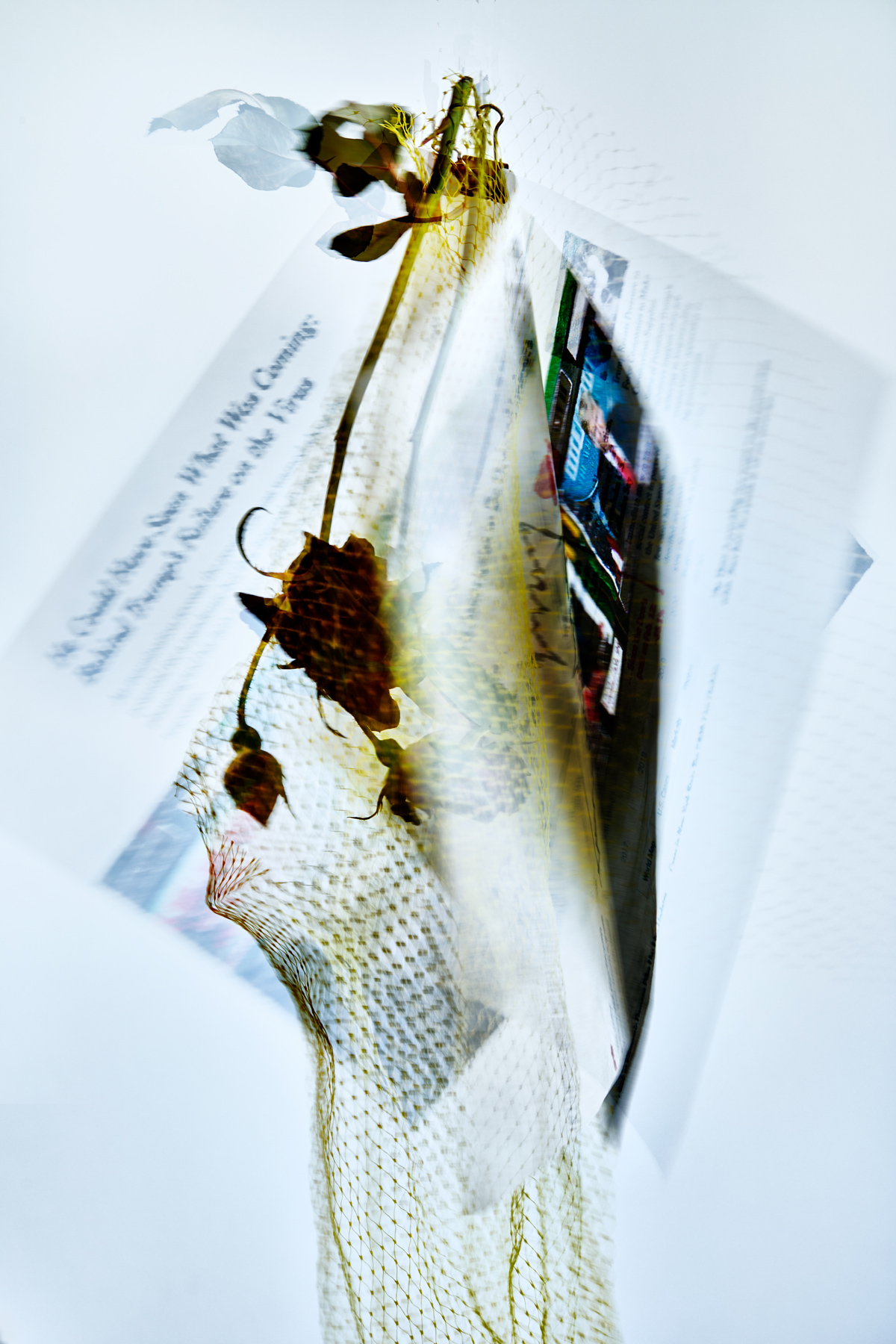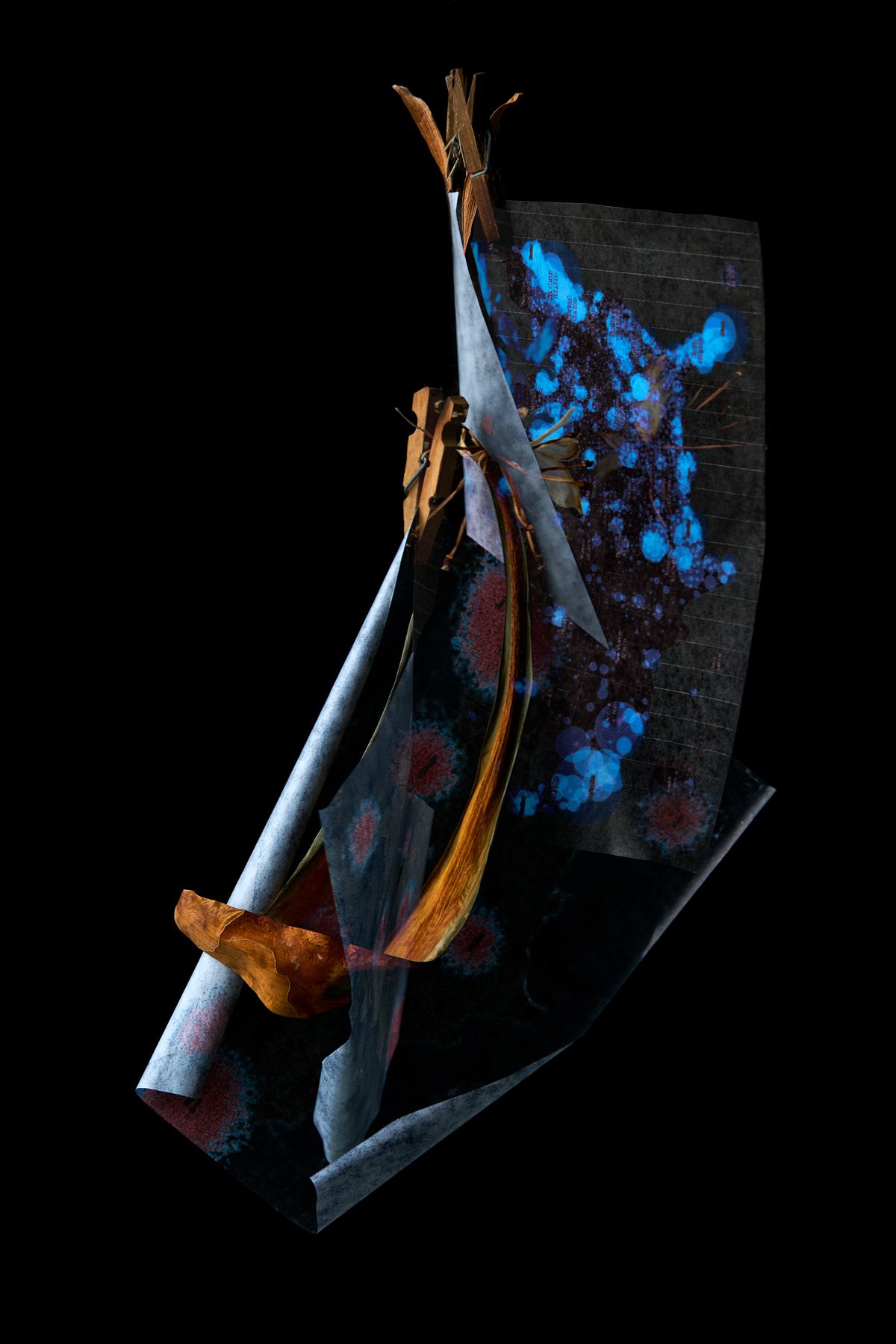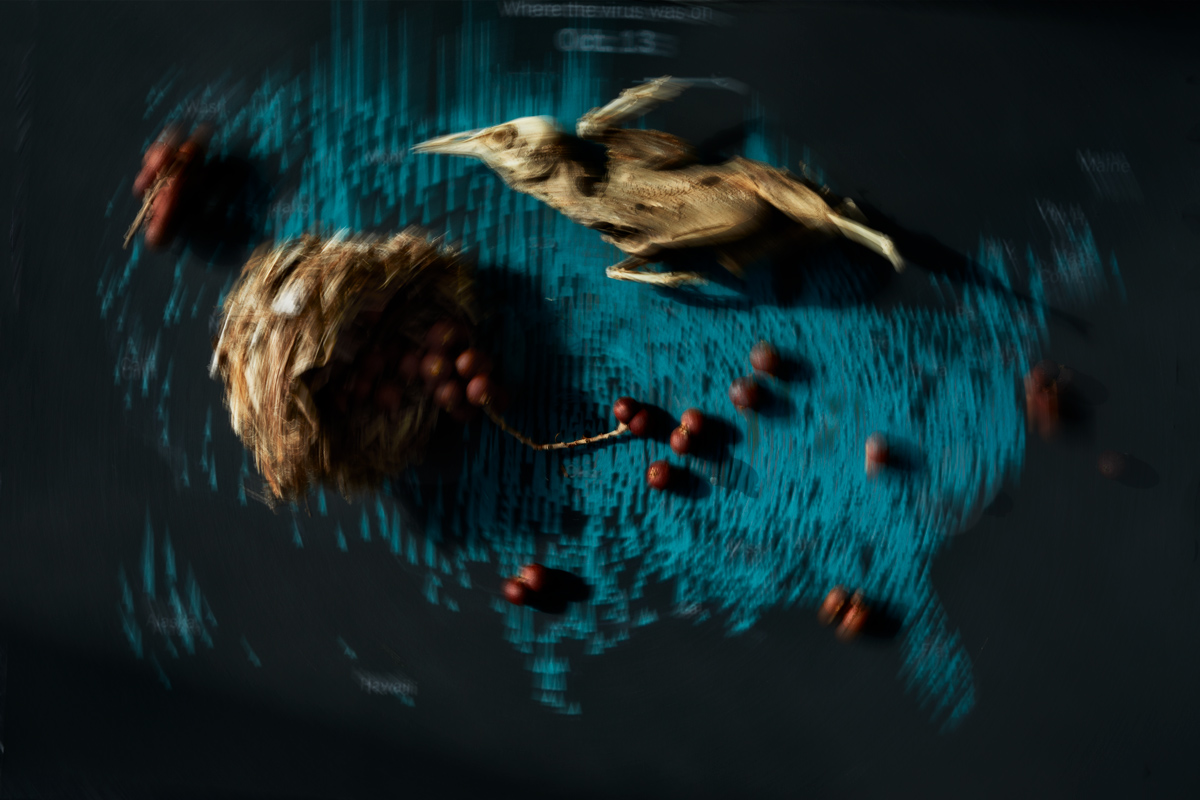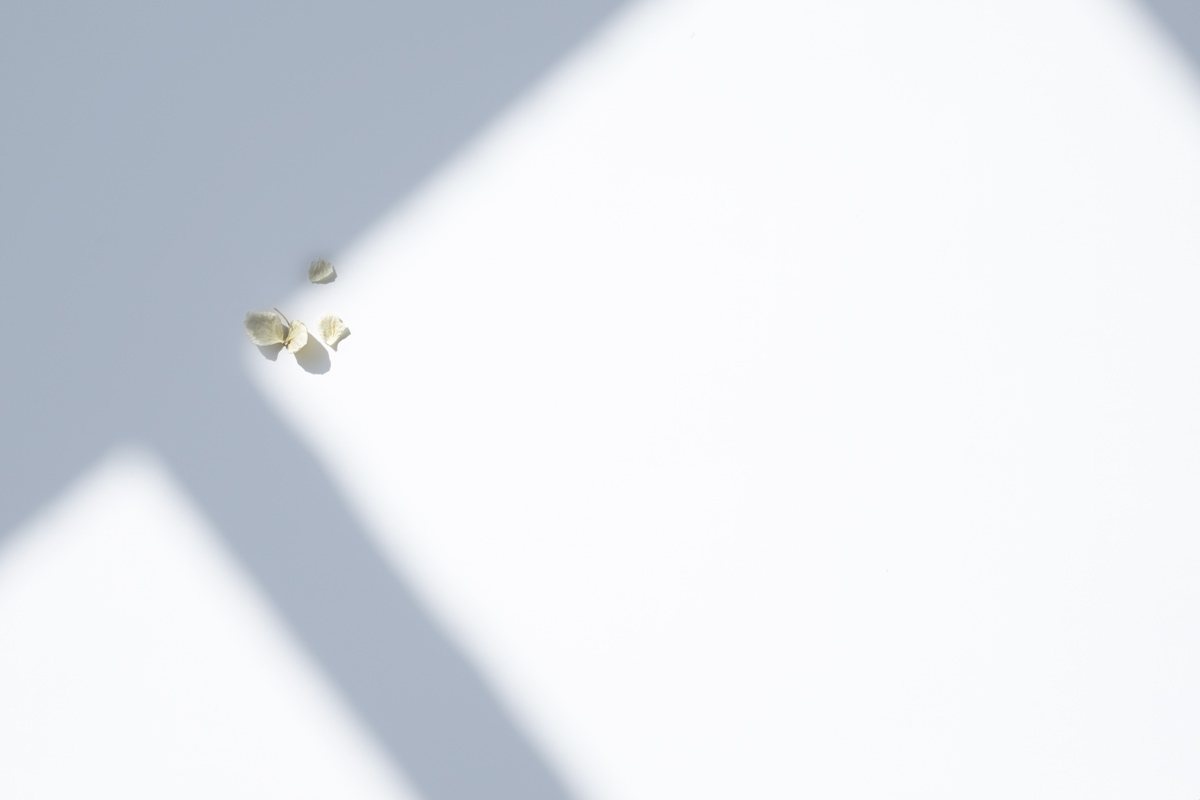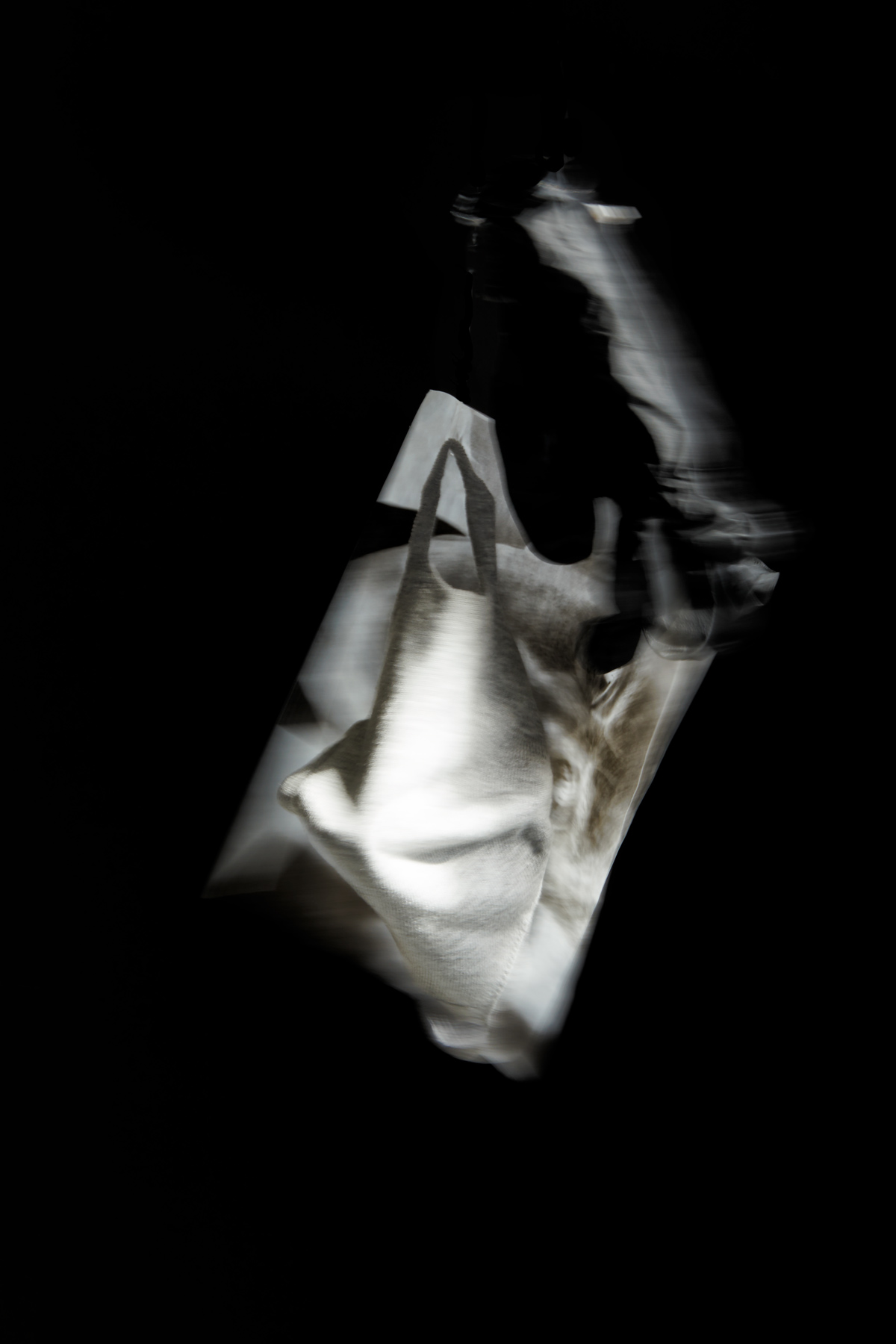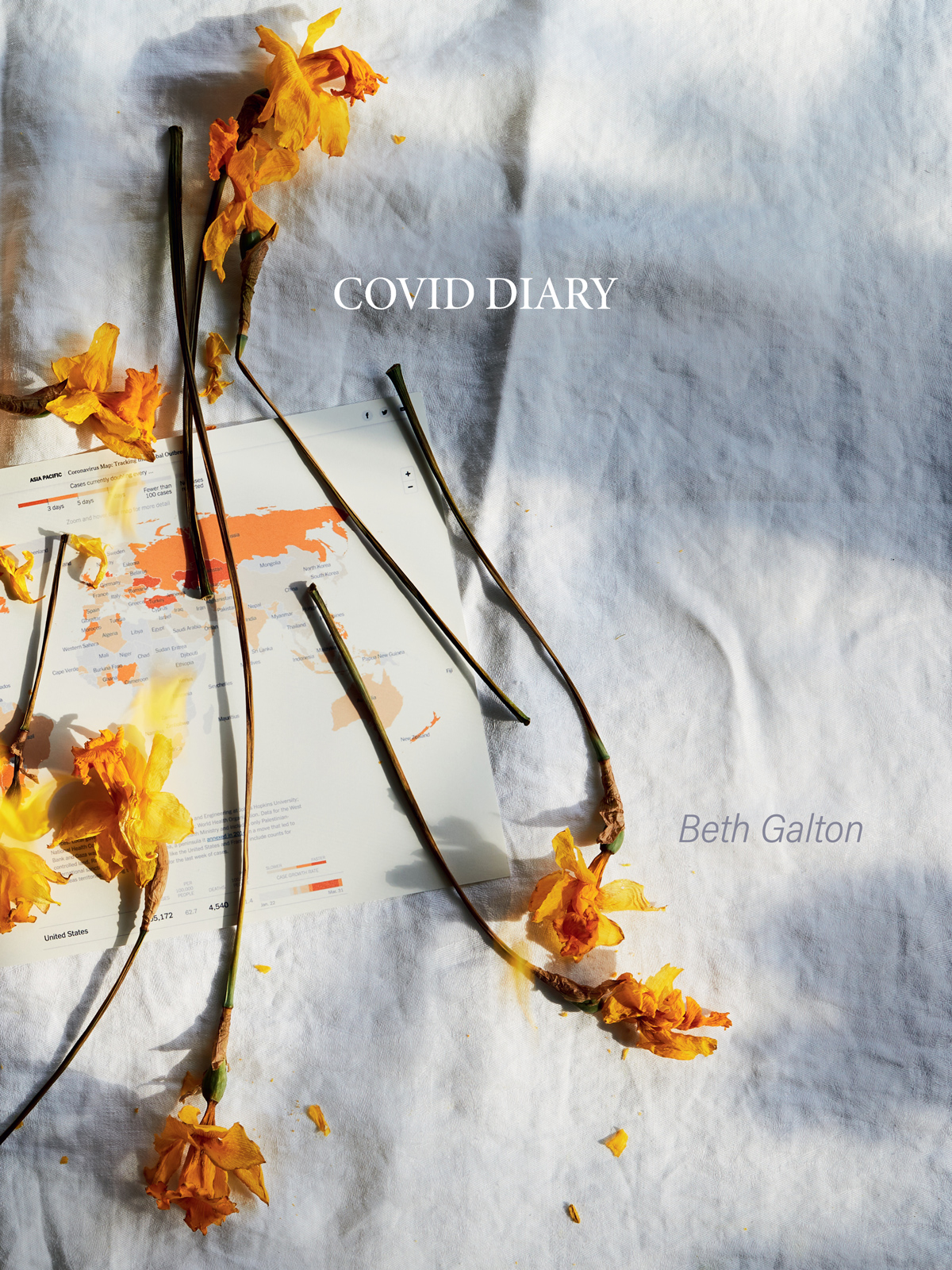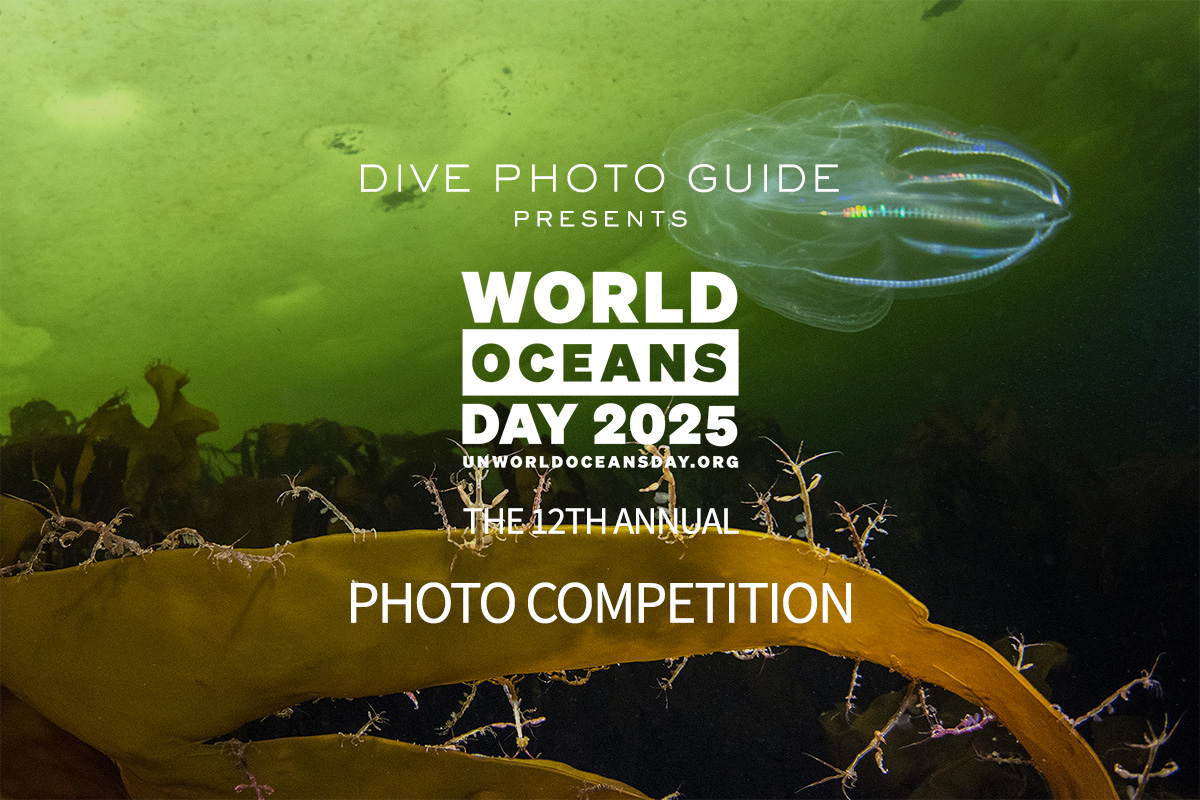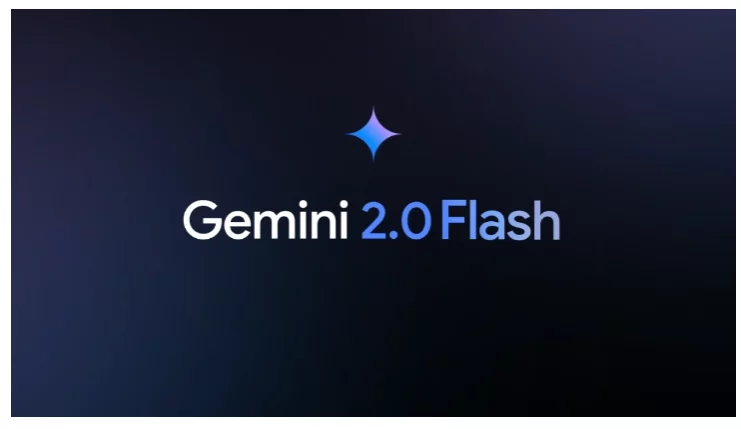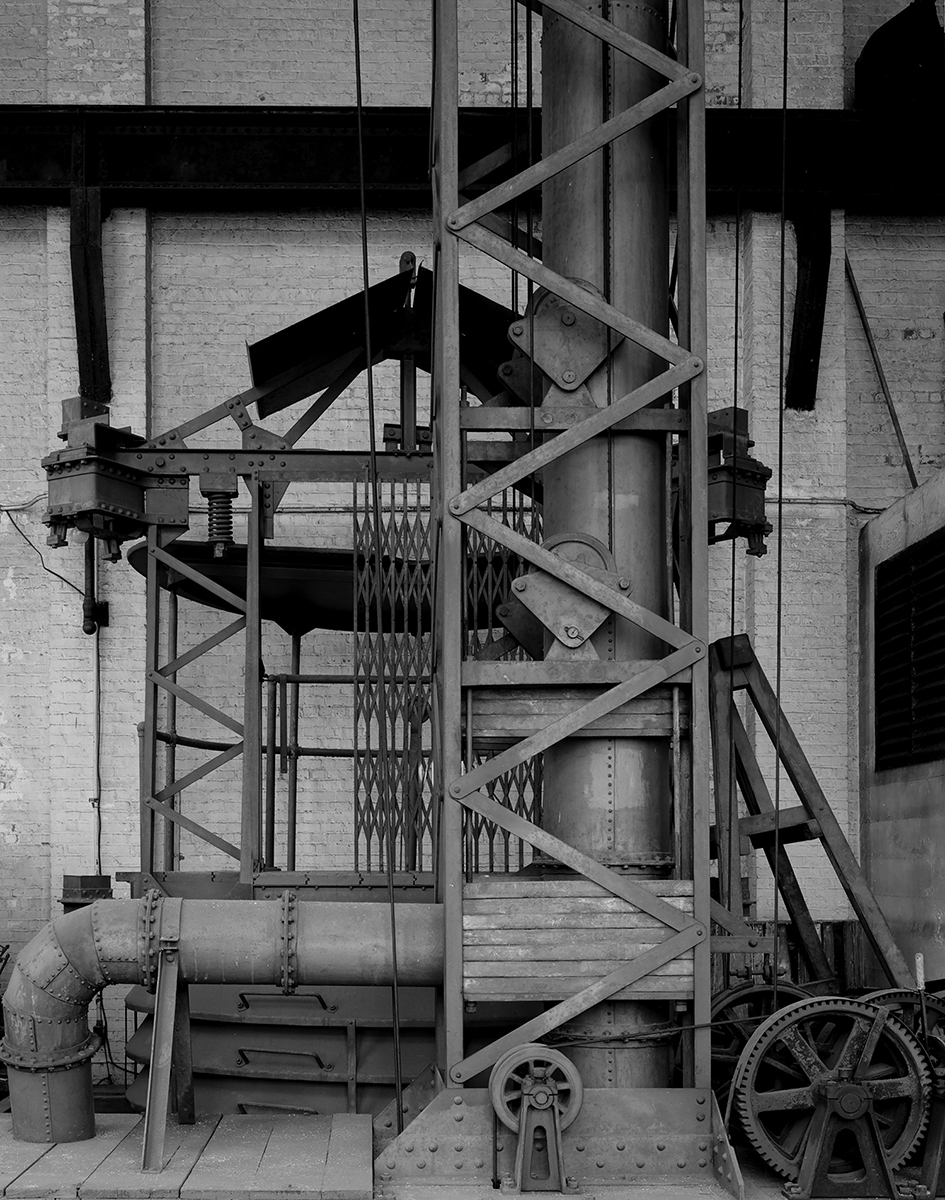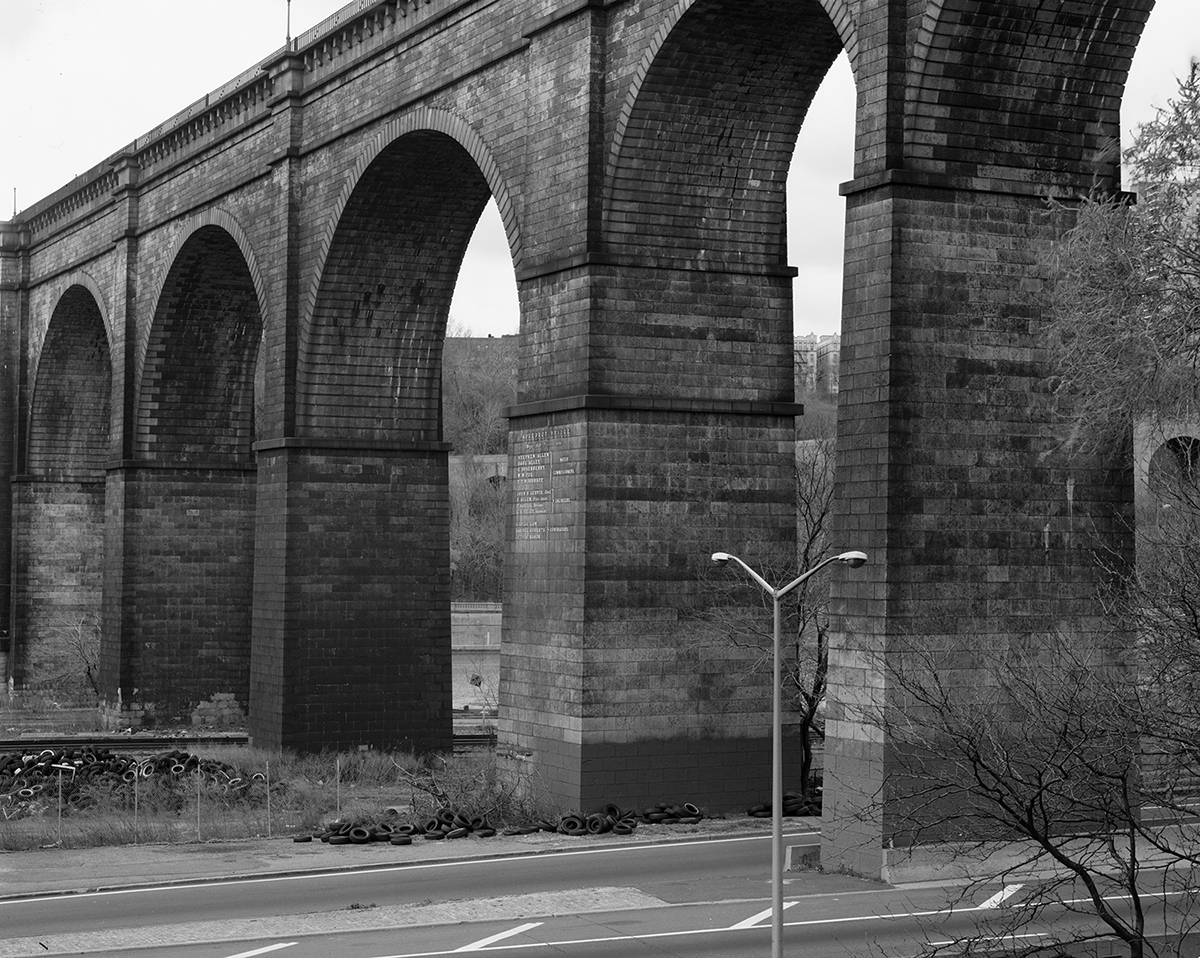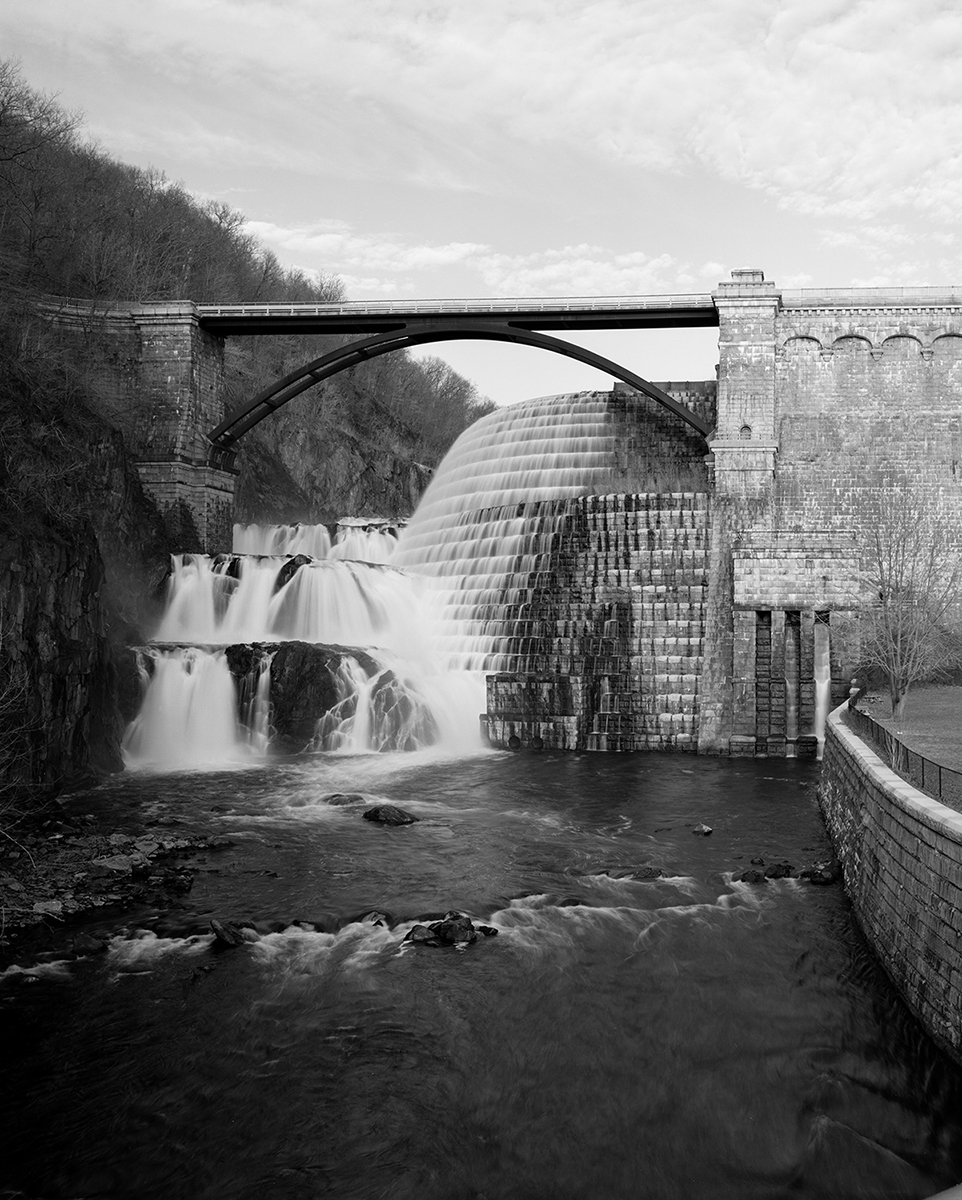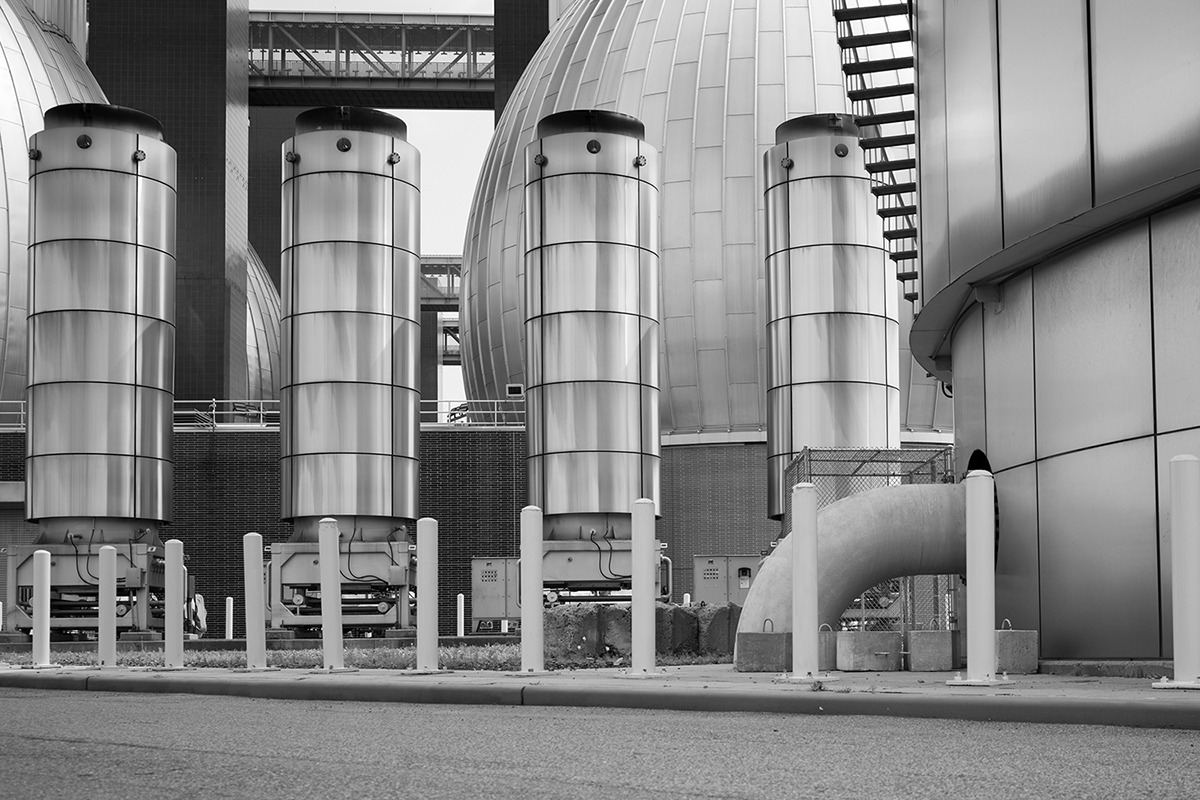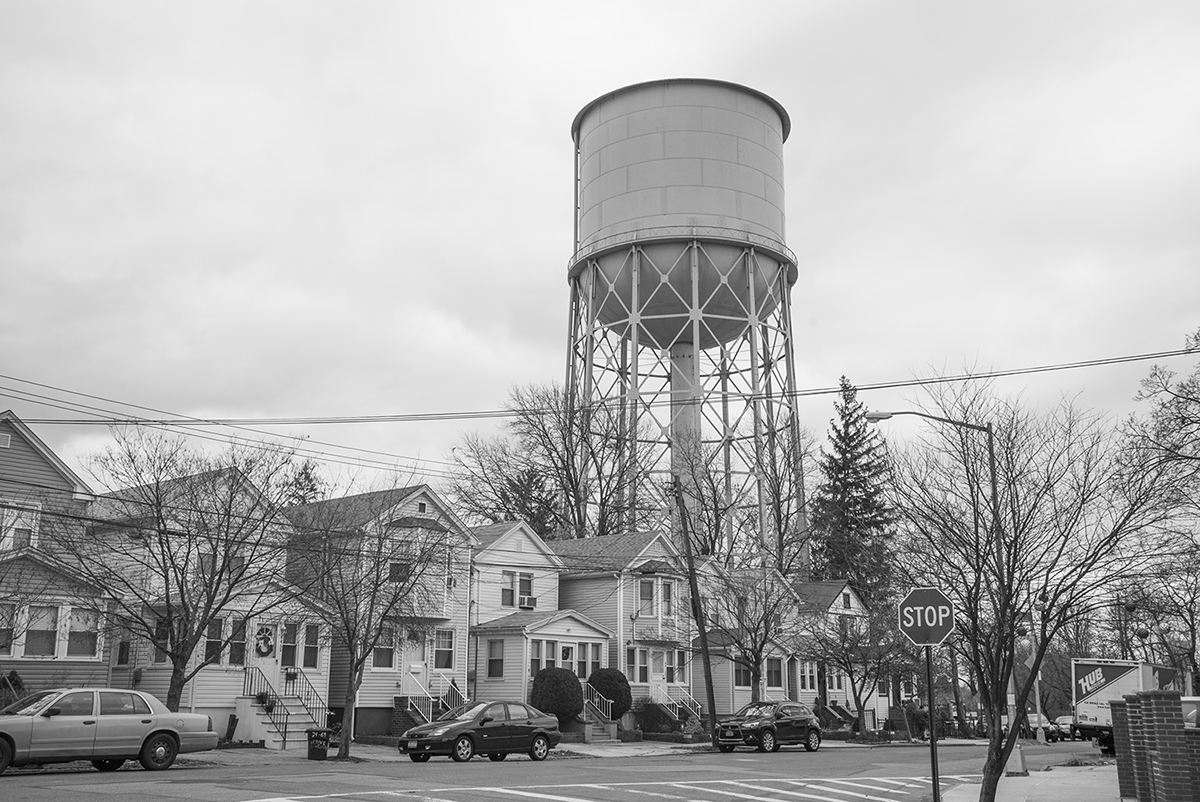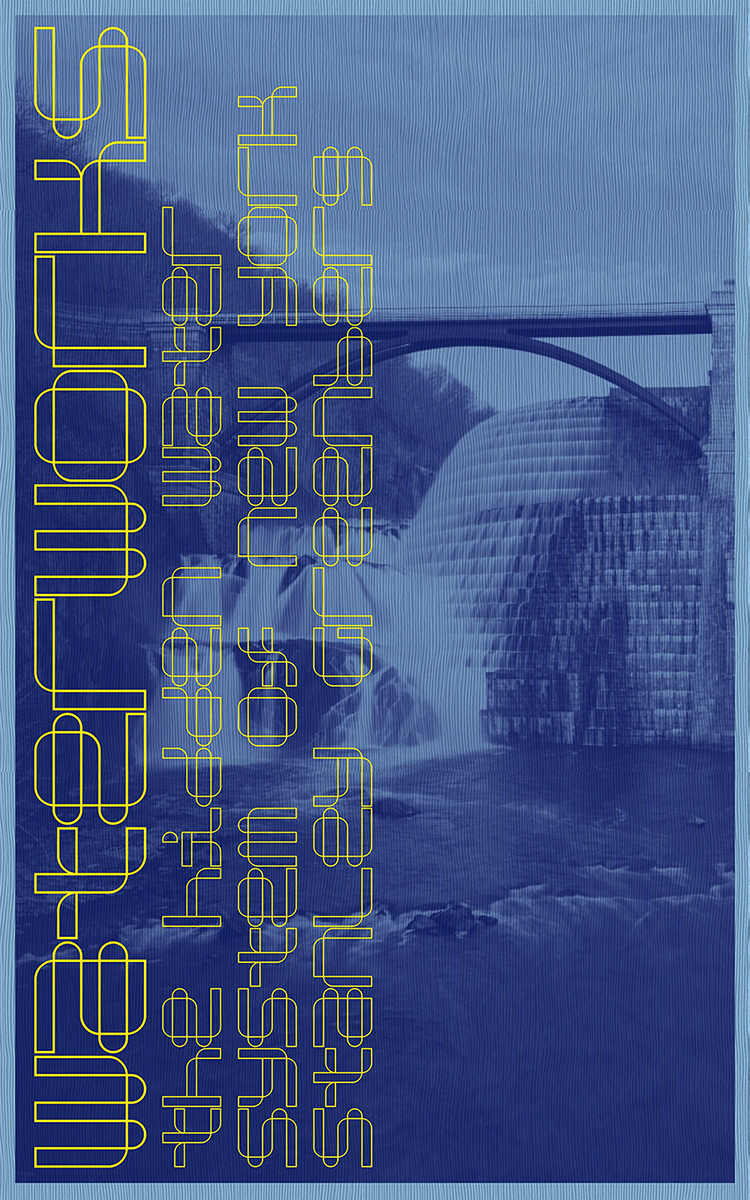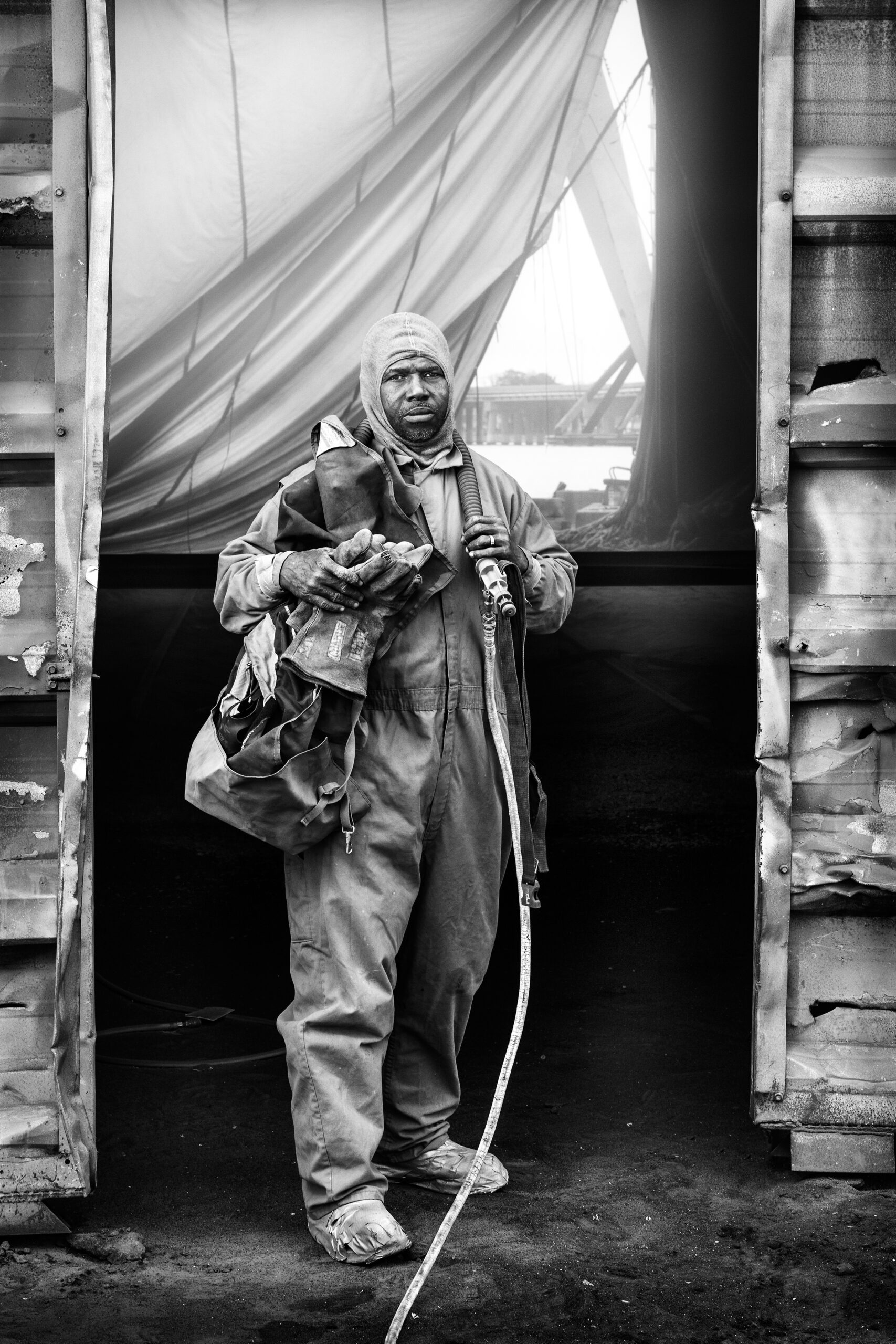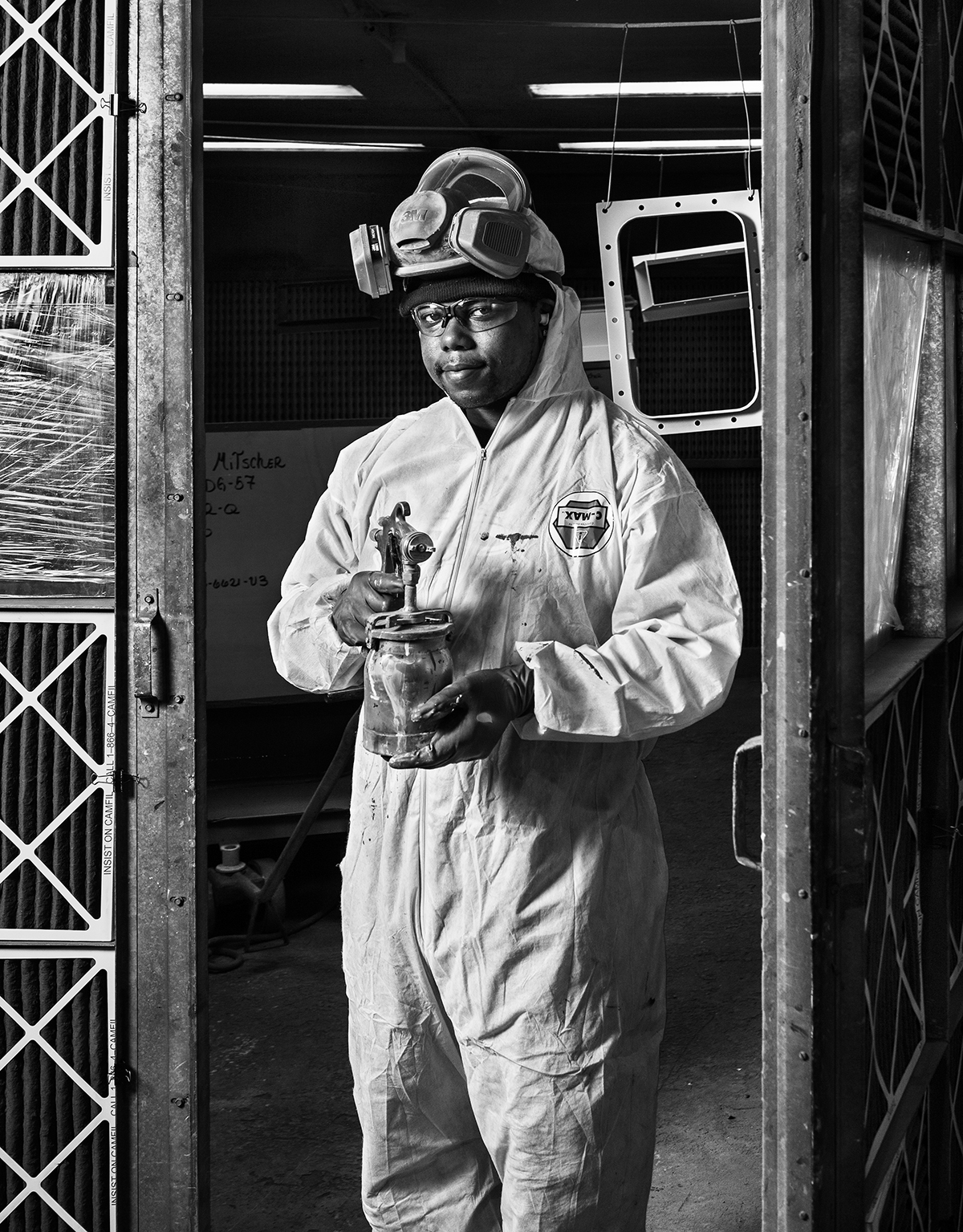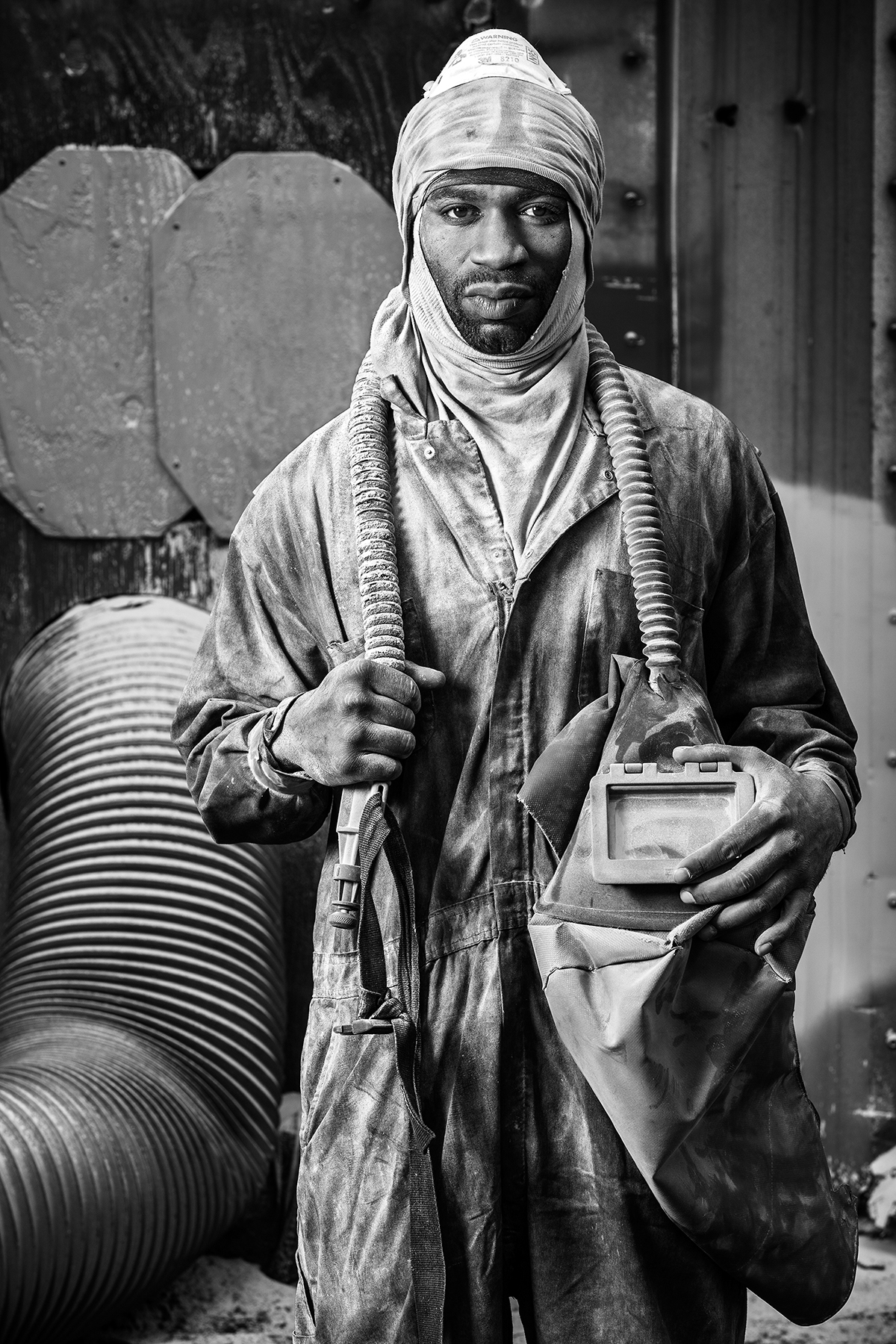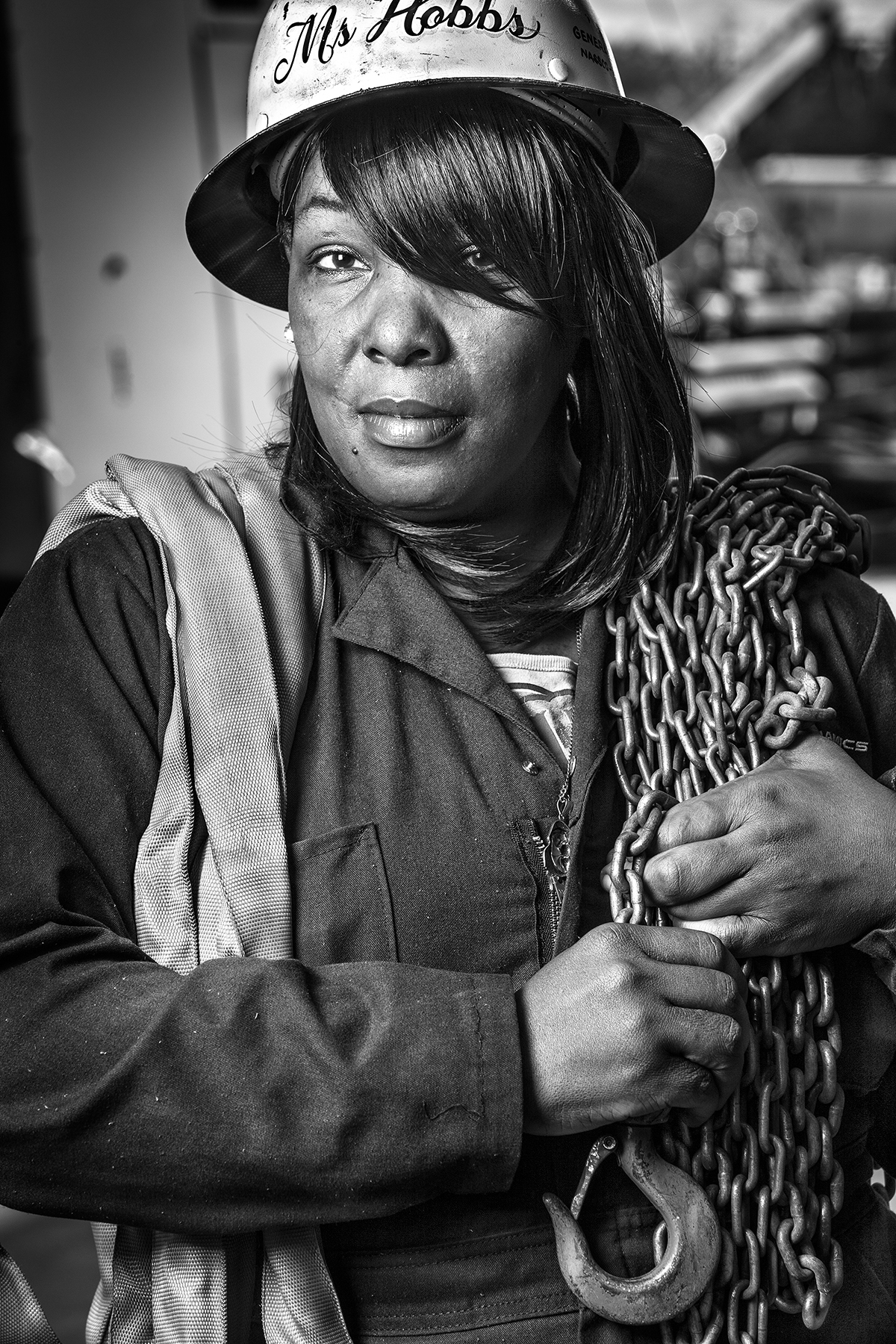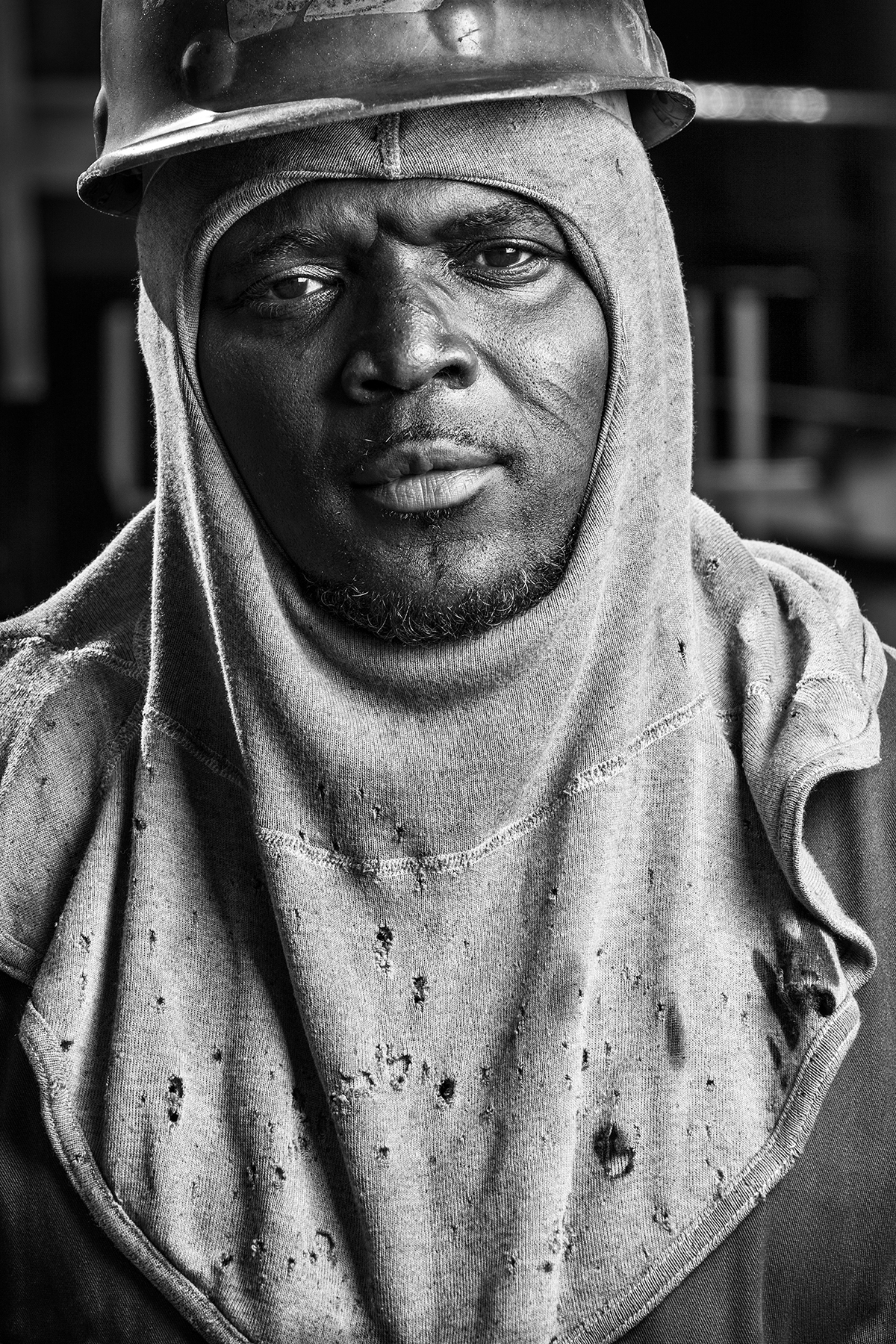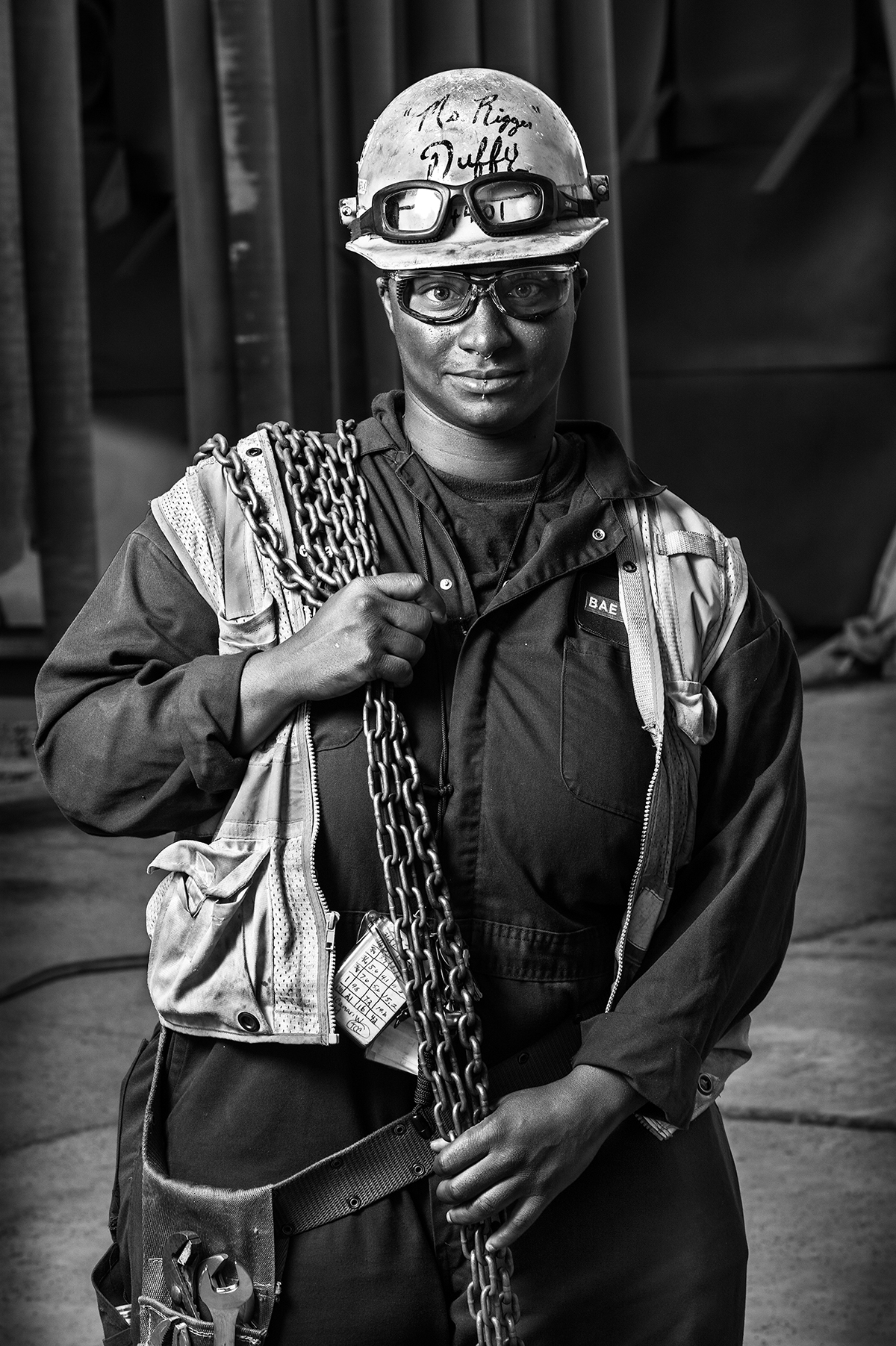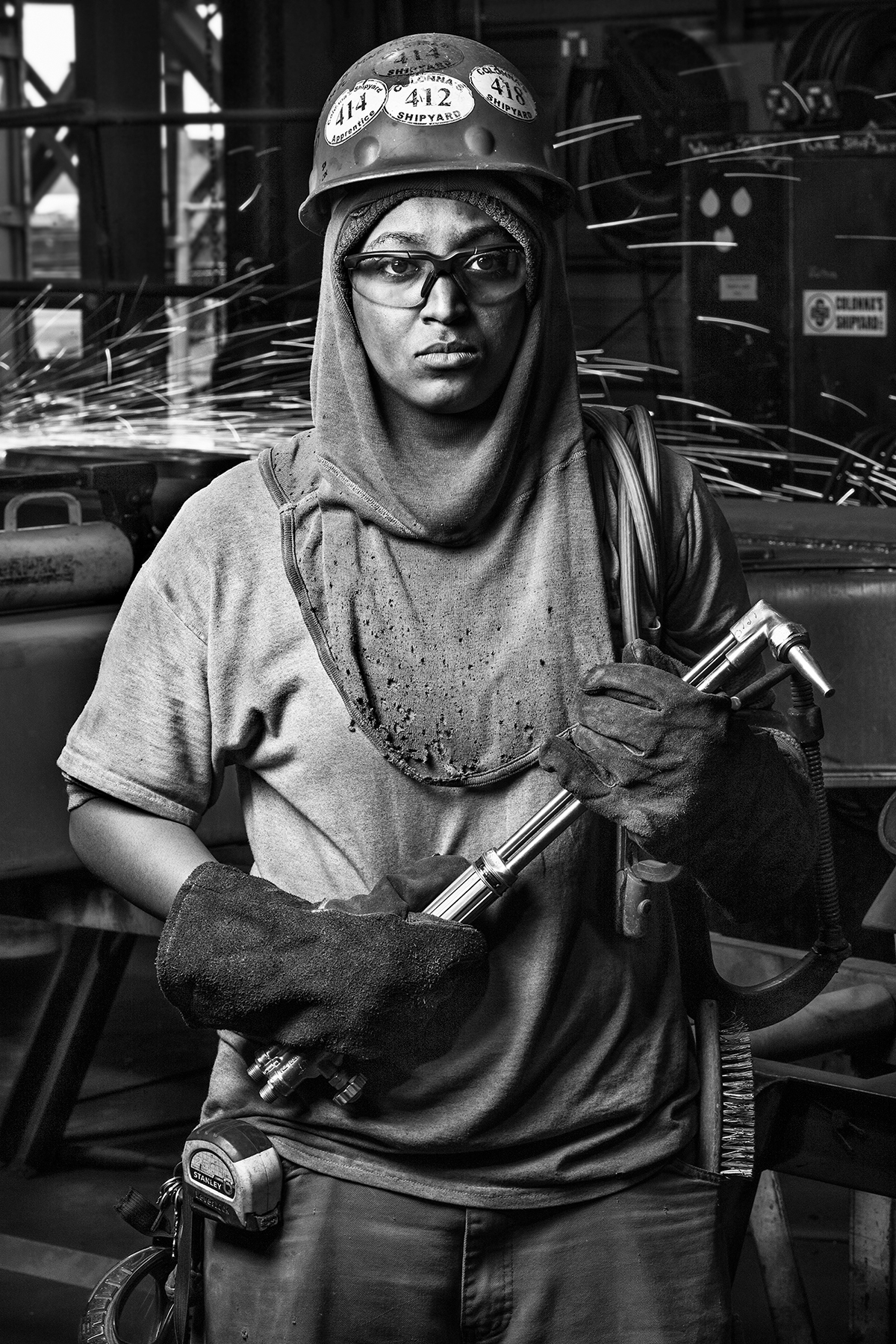[ad_1]
By Bryan Sheffield, Wonderful Machine
Each month, we explain a recent cost estimate, contract, or purchase order in the form of a Pricing & Negotiating article. By redacting the names of the photographer and the client, we can share useful information that would otherwise be confidential. You can read more about our Pricing & Negotiating services on the Consulting Services page of our website.
Concept: 1 day of Food/Drink, Still Life/Product Photography
Licensing: Perpetual Exclusive use of 10 images for two parties and Web Collateral use of 10 images for five years for a third party
Photographer: Food/Drink and Still Life specialist
Clients: Global Financial Services Brand and Restaurant Group
Summary
I recently helped an East Coast photographer create an estimate and negotiate a project for a prominent financial services company. The client was partnering with a well-known restaurant group on a cross-promotion. The client’s creative brief called for “carefully curated overhead and detail shots of plated food and drink, paired with the financial company’s branded items.”
The shoot was scheduled to take place on a single shoot day at the restaurant group’s test kitchen, conveniently located in the same city as the photographer. The original shot list included multiple food and drink setups, and the photographer planned to create two sets with different lighting styles, moving between them throughout the day. The client would provide the food, food styling, props, hair stylist, makeup, wardrobe, and wardrobe stylist.
The deliverables specified 10 final images. The client requested exclusive, perpetual, unlimited use of the images to promote their services across various platforms. The intended use included web ads, OOH placement in three East Coast cities, and large-scale wall ads in several airports. Additionally, the client wanted the company supplying the plates and glasses to be able to use the images on their social media for 5 years.
Fees
We allocated $23,500 for combined Creative/Licensing Fees. Based on the scope of work and the client’s intended use, we felt that a $2,500 Creative Fee and $21,000 for licensing the 10 images was appropriate, though likely at the higher end of the client’s expectations. We also offered the option to license additional images for $2,500 each, including up to two hours of retouching.
For the five-year web collateral license for the plate and glassware company, we budgeted $1,750 for the 10 images. We knew that charging $175 per image was pretty low, but the photographer wanted to extend this courtesy to the client. It was important for the photographer to impress the tableware company and work to build a good relationship for the future. Additionally, the photographer did not charge separately for their tech scout day and simply bundled it into their Creative Fee.
Crew
We included a first assistant at $650/day and a Digitech at $900/day. These rates were consistent with rates in this city and aligned with what the photographer had previously paid their crew.
Equipment
We allocated $2,200 for camera, lenses, lighting, and grip rentals. The photographer planned to use their own cameras, lenses, and lights while renting additional specialty modifiers, grip equipment, and a few surfaces they had in mind for the project. We also included $700 for the Digitech workstation and $320 for a couple of hard drives.
Misc
Although there are times when we bill separately for liability and worker’s comp insurance, in this instance, we chose to bundle that cost into the Creative/Licensing fees (though we kept the line item to show the client that coverage was being provided).
Post-Production
We budgeted $500 for the photographer to perform a first-round edit with basic color & contrast curves and $3,000 for retouching the 10 images, including up to 2 hours per image. The photographer would handle the retouching themselves.
Results
We heard back from the client the same day, saying that the estimate was accepted and they wanted to move forward. We scheduled a creative call for the following day. During the call, the client requested an updated estimate for 16 final images. While the shot list remained the same, they wanted a few additional images from some of the scenes. We knew the “hero” images hadn’t changed — they simply wanted more variations and angles from each scene to use as support imagery. We took this into account and submitted a revised estimate. The only adjustments we made were to the Fees and Post-Production sections, outlined below.
Fees
We allocated $32,000 for combined Creative/Licensing Fees, considering that these were not new scenes but additional support images around the hero shots. The increase of $8,500 for the six additional images felt fair to both me and the photographer. We also updated the five-year web collateral license for the plate and glassware company to include the six extra images at the previously established per-image rate.
Post-Production
We updated the retouching fees to $4,800 to cover the six additional images.
Update
The client reached out to let us know they still wanted to move forward, but the new total exceeded their project budget. They requested that we bring it closer to $35,000. They also wanted us to reduce the third-party plates and glassware company’s use to two years and limit it to five images. Since the adjustments would only involve the fees, I suggested to the client that we could reduce the costs if we could lower the use duration to three years and remove the exclusivity. The client didn’t confirm whether this was possible but asked to see an updated estimate. This third estimate included adjustments to the licensing description, Licensing Options, and Fees sections, while all other line items remained unchanged.
Fees
We allocated $23,500 for combined Creative/Licensing Fees, which would cover unlimited use of up to 16 images for three years, and removed the previous exclusivity provision. We updated the web collateral license for the plate and glassware company to $625 to cover two years and up to five images.
Results
The client accepted the estimate, and the project took place a few days later. The photographer called me that night, saying, “It was awesome, man. Everyone was great and appreciative.” After the shoot, the client expressed their gratitude, saying, “Thank you for an incredibly fun partnership on the shoot earlier this week. It was a pleasure to collaborate with you and the team as we begin to bring this experience to life!”
Shortly after, the client submitted an image order nearly three times larger than what was included in the original estimate. We reminded them that the additional fees would be $1,600 per image, as outlined in the estimate. In response, the client reduced their order to 16 images. Although this was a bit disappointing for the photographer, they were still very pleased with the outcome. The final retouched images turned out beautifully and the client launched their campaign in December 2024 ahead of holiday season travel.
Follow our Consultants @wonderful_at_work.
[ad_2]
Source link



